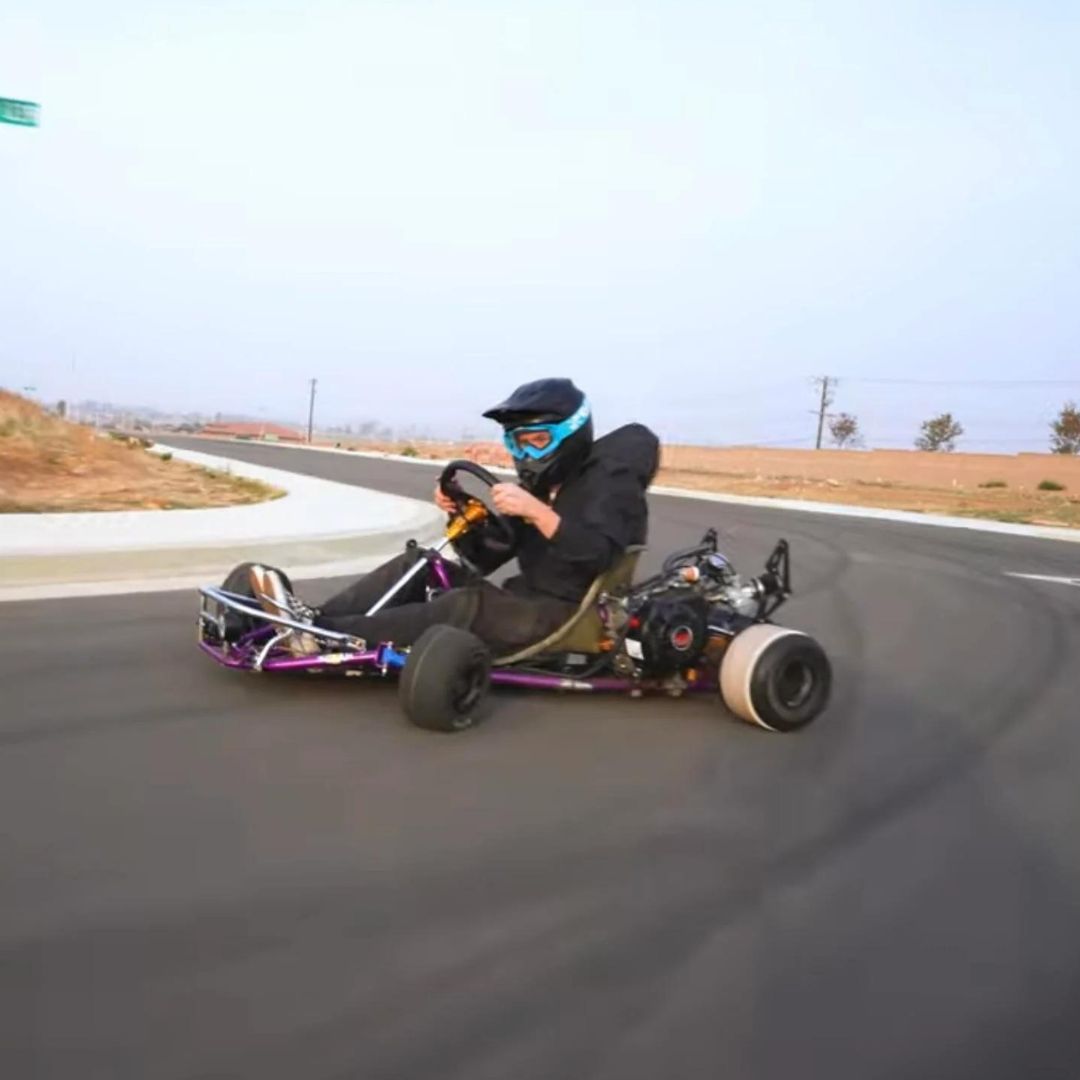
Updated: 08.05.25
Drifting isn't just for high-end sports cars or the Fast and the Furious crowd.
You can feel that adrenaline rush right from the seat of a go-kart!
Ever seen someone drift around a tight corner in a go-kart and thought, "I want to do that"?
You're in the right place.
We’re diving deep into go-kart drifting—breaking down the hows, the whys, and giving you everything you need to start sliding like a pro.
So buckle up, because we’re getting into the nitty-gritty of drifting a normal go-kart with fun, conversational guidance.
1. Understanding Drifting
Definition of Drifting
Drifting is a technique where you intentionally oversteer, causing the rear wheels (or all wheels) to lose traction while maintaining control through a corner.
The key here is "controlled chaos"—finding that fine line between slipping and steering.
2. Preparation
Choosing the Right Go-Kart
Look for a lightweight kart with a good power-to-weight ratio and responsive handling—think of it as choosing a dance partner!
Safety Gear
Helmets, gloves, and protective clothing aren’t just helpful—they’re essential for a safe ride.
3. Technique and Essential Steps for Drifting
Weight Transfer
Use your body to shift weight and get that rear end sliding.
Throttle Control
Press gently. Too much and you’ll spin. Too little and you’ll straighten out.
Steering Input
Guide the drift with smooth, controlled movements.
Braking Technique
Use brakes strategically to shift weight forward and initiate the slide.
Steps for Drifting
- Lean into turns
- Balance throttle and brake
- Steer with finesse
Practice makes perfect!
4. Advanced Drifting Techniques
Blipping the Throttle
A quick, controlled press and release helps initiate rear-wheel traction loss. It’s all about timing and feel.
Large Turn Technique
Use throttle blips and counter-steering to guide smooth slides through sweeping turns.
Connecting Drifts
Transition smoothly between turns using precise timing and momentum—drifting’s ultimate skill!
5. Maintenance and Modifications for Optimal Drifting
Tyre Pressure
Lower rear tyre pressure can help balance grip and slide.
Suspension Setup
Adjust suspension for optimal handling—find your personal balance between stiffness and flexibility.
6. Safety Considerations
Risk Awareness
Know your limits. Start slow and always put safety first.
Track Regulations
Follow the rules of your local track to stay safe and have fun.
7. Conclusion
Go-kart drifting is exciting, skillful, and downright fun.
With the right prep and practice, you’ll be sliding like a pro in no time. Stay safe and enjoy the ride!
Frequently Asked Questions
Can you drift with any type of go-kart?
Not all go-karts are made for drifting. Lightweight karts with rear-wheel drive and responsive control are best. Electric karts offer good torque for initiating drifts.
What is the safest way to practice drifting?
Practice on a dedicated go-kart track or an open area free of hazards. Wear proper safety gear and start at slower speeds.
How do I maintain my go-kart for drifting?
Check tyre pressure regularly, maintain your brakes and steering, and follow your manufacturer's maintenance guide to keep your kart drift-ready.
Get in Touch 🚀
Enjoyed “Here's How You Drift A Normal Go-kart”? Want more wheely-awesome content?
Parents, grandparents—ask us anything about kids' ride-on toys!
Tap into the fun at RiiRoo.com.
Prefer a chat? Hit our Live Chat—we're here to help!







Share:
The Differences Between Go-karting and Drifting
Throttle Blipping And Fast Upshifting In Your Go Kart